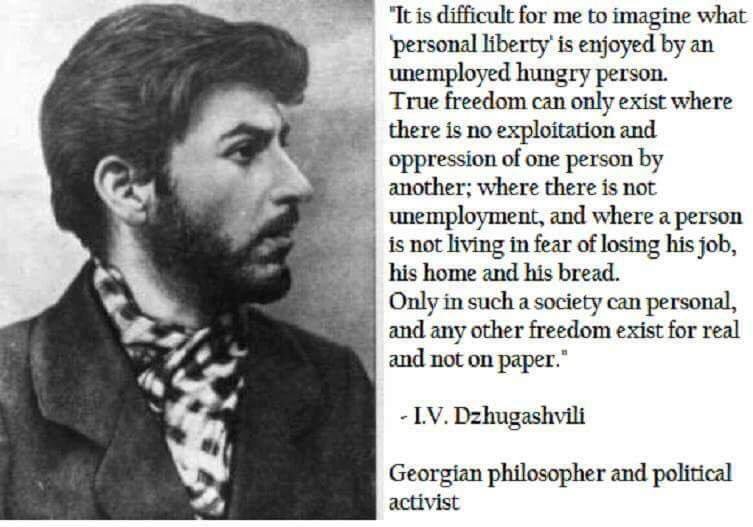I’ve tried to distill some recent learning & reflections, informed by Robin DiAngelo’s ‘White Fragility’. 1/12
nytimes.com/2019/10/23/opi…
We are hardwired to think that because we are ‘good people’, we are not racist. 2/12
Robin DiAngelo calls this the “good/bad binary”: the idea that racism is a question of good and bad people, and good people aren’t racist. 3/12
Of course, this is not true.
I increasingly get how the association between politeness and non-racism is itself a tool of racism. 4/12
In this way, DiAngelo describes the good/bad binary as “perhaps the most effective adaptation of racism in recent history.” 5/12
1- we define racism as overt acts committed by ‘bad’ people
2- we self-identify as good/nice/polite, ie not racist
3- by definition then, racism is not our (Canada’s) problem. 8/12
By obscuring this basic fact, the mythology around Canadian politeness is not benign. It reinforces systemic racism and impedes change. 9/12
@DrCherylT: “It’s time to get over being nice and comfortable. It’s time to...work toward understanding and validating the experiences of racialized Canadians.” 12/12












